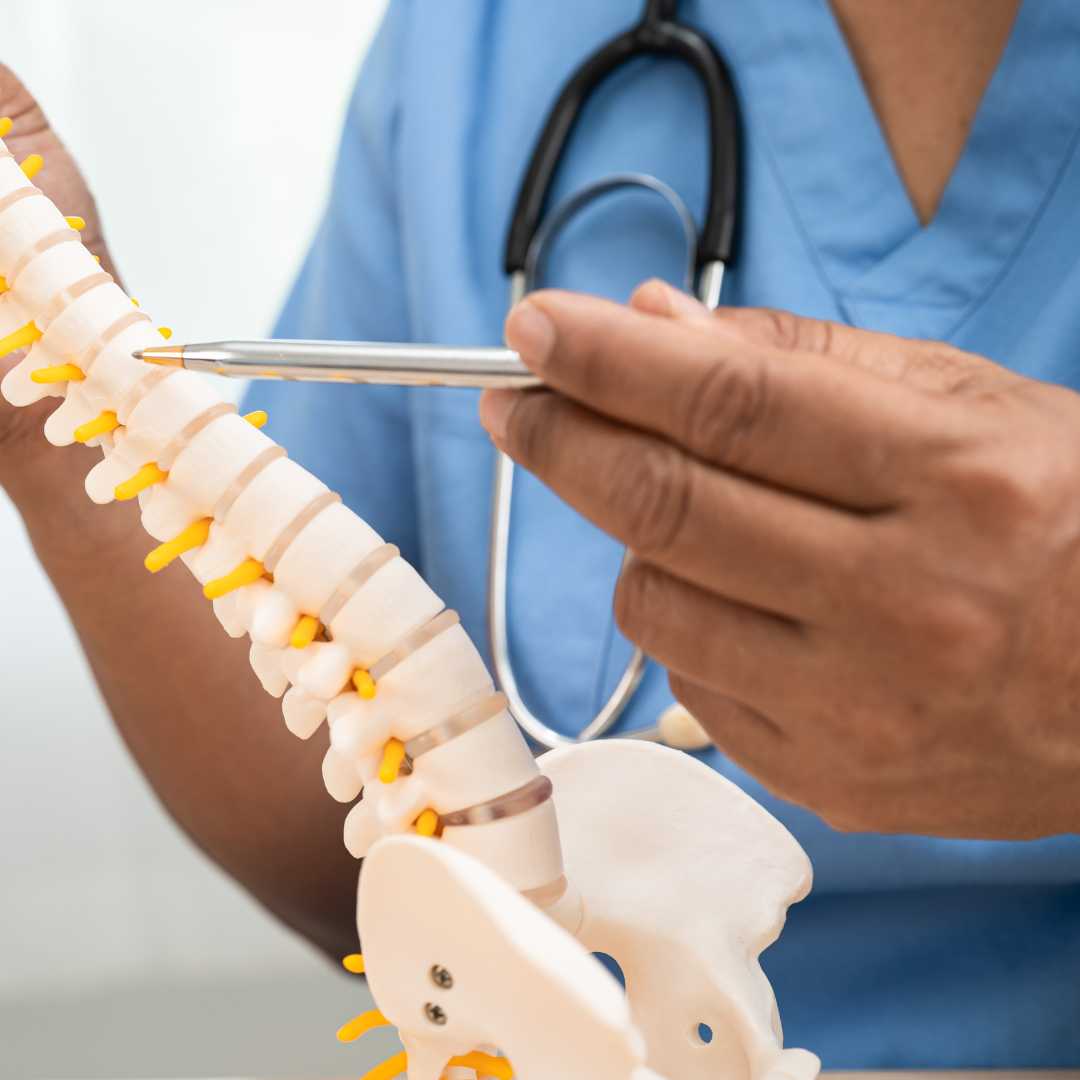Overview: PCL Repair in Mexico vs the US
.jpg)
If you're facing a PCL (Posterior Cruciate Ligament) injury, you know the physical discomfort and the potential financial stress of treatment. PCL repair, a complex orthopedic surgery, can come with a hefty price tag, especially in countries like the United States. Many patients find themselves exploring alternatives, and Mexico has emerged as a leading destination for medical tourism, offering advanced surgical procedures at a fraction of the cost.
The stark reality is that PCL repair in the US can easily set you back anywhere from $20,000 to over $50,000, depending on various factors such as the facility, surgeon's fees, and whether you have insurance coverage. In contrast, Mexico presents a compelling option where the same high-quality procedure, often performed by US-trained or internationally certified surgeons, can range from $8,000 to $15,000.
This substantial difference in cost makes Mexico an attractive choice for those seeking quality care without the burden of overwhelming medical bills, ensuring that financial constraints don't stand in the way of your recovery and well-being.
What is the average cost of PCL repair in Mexico?
Mexico has become a popular destination for various medical procedures, including PCL repair, due to its competitive pricing. Patients can expect to pay significantly less than in the United States, often saving between 50% to 70% on their total medical expenses. This cost usually covers the primary surgical procedure, the anesthesiologist's fees, the use of the operating room, and a short hospital stay.
Many clinics and hospitals in Mexico offer comprehensive packages that might also include pre-operative consultations, necessary diagnostic tests like X-rays or MRIs, and initial physical therapy sessions. It's crucial for patients to inquire exactly what is included in the quoted price to avoid any surprises. Reputable medical tourism facilitators can help clarify these details and ensure transparency.
How much does PCL surgery typically cost in the United States?
The cost of PCL surgery in the United States is considerably higher than in Mexico, often posing a significant financial challenge for many individuals. These elevated costs stem from a variety of factors, including the high overhead of US healthcare facilities, expensive malpractice insurance for surgeons, and the complex billing structures involving multiple providers.
A breakdown of costs in the US typically includes:
- Surgeon's fees: A significant portion, often thousands of dollars.
- Anesthesia fees: Billed separately by the anesthesiologist.
- Hospital or surgical center fees: Covering operating room use, nursing staff, and medical supplies.
- Pre-operative tests: Such as MRIs, X-rays, and blood work.
- Post-operative care: Including pain medication, follow-up appointments, and extensive physical therapy.
Even with health insurance, patients often face high deductibles, co-pays, and out-of-pocket maximums, making the total expense substantial.
What factors influence the cost of PCL repair surgery?
Understanding the variables that impact the total cost of PCL repair is essential for budgeting and decision-making. These factors can differ significantly between countries and even within regions of the same country.
Key factors include:
- Surgeon's Experience and Reputation: Highly experienced and renowned orthopedic surgeons often command higher fees.
- Facility Type and Accreditation: Hospitals with advanced technology, private rooms, and international accreditations (like JCI) tend to be more expensive.
- Geographic Location: Costs can vary between major cities and smaller towns, or between different states/provinces.
- Severity of Injury: More complex PCL tears requiring extensive reconstruction or involving other knee structures will naturally cost more.
- Type of Graft: Autografts (using the patient's own tissue) or allografts (donor tissue) have different acquisition costs.
- Inclusions in the Package: Whether the price covers diagnostics, hospital stay length, physical therapy, medications, and rehabilitation.
Being aware of these elements allows patients to ask informed questions and compare offers effectively.
Is the quality of PCL repair in Mexico comparable to the US?
A common concern for medical tourists is whether lower costs translate to lower quality. For PCL repair in Mexico, this is often not the case. Many Mexican hospitals and clinics catering to international patients maintain very high standards, often adhering to international protocols and utilizing advanced medical technology.
Several facilities in Mexico have achieved international accreditations, such as those from the Joint Commission International (JCI), which signifies adherence to rigorous quality and patient safety standards comparable to top US hospitals. Furthermore, many orthopedic surgeons in Mexico have received training in the US, Europe, or other highly regarded medical systems, bringing a wealth of expertise and experience to their practice. They use modern surgical techniques and medical devices, ensuring patient outcomes are on par with those expected in developed nations.
What are the benefits of choosing Mexico for PCL repair as a medical tourist?
Beyond the undeniable cost advantage, Mexico offers several compelling benefits for individuals seeking PCL repair:
- Significant Cost Savings: As highlighted, the primary driver is the ability to save thousands of dollars on complex procedures.
- Access to Expert Surgeons: Many Mexican orthopedic specialists are board-certified and have international experience, offering world-class care.
- Reduced Wait Times: Unlike some public healthcare systems or overburdened private practices, patients can often schedule their surgery much sooner in Mexico.
- Modern Facilities: Top medical tourism hospitals boast state-of-the-art equipment and infrastructure.
- Personalized Care: Clinics often provide a more tailored and attentive patient experience, sometimes including dedicated patient coordinators.
- Recovery in a Relaxing Environment: The opportunity to recover in a pleasant climate, potentially near tourist attractions, can contribute to a more positive healing experience.
These combined advantages make Mexico a holistic solution for many patients.
What should I consider when choosing a clinic for PCL repair in Mexico?
Selecting the right clinic and surgeon is paramount for a successful PCL repair. Careful research and due diligence are crucial when planning medical travel to Mexico. Here are key considerations:
| Consideration | Details to Look For |
|---|---|
| Accreditation | Look for international accreditations (e.g., JCI) or national certifications that demonstrate high standards. |
| Surgeon's Credentials | Verify the surgeon's board certification, specialization in orthopedics/sports medicine, experience with PCL repair, and patient outcomes. |
| Patient Reviews & Testimonials | Seek out reviews on independent platforms and request before/after stories or direct contact with former patients if possible. |
| Communication | Ensure clear, consistent communication with the clinic, especially if there's a language barrier. Many cater to English-speaking patients. |
| Comprehensive Packages | Inquire about all-inclusive packages that cover surgery, hospital stay, medications, and initial physical therapy to avoid hidden costs. |
Are there hidden costs associated with PCL repair in Mexico?
One of the primary advantages of medical tourism in Mexico is the transparency of all-inclusive packages. However, it’s still important to be aware of potential expenses that might not be part of the initial quote. These are typically related to the logistics of travel and extended stays.
Common expenses not always included are:
- Airfare and Ground Transportation: Flights to Mexico and transport from the airport to the clinic/hotel.
- Accommodation: Hotel stays before and after the surgery, if not integrated into the hospital stay.
- Meals and Personal Expenses: Food, entertainment, and other personal needs during your trip.
- Travel Insurance: Specific medical tourism insurance to cover unforeseen complications or travel disruptions.
- Extended Physical Therapy: While initial PT might be included, long-term rehabilitation may need to be arranged back home or with additional costs.
- Complications: Though rare, unexpected complications could lead to additional medical expenses. It’s wise to discuss contingency plans.
Always request a detailed breakdown of costs and clarify what is and isn't covered before making a commitment.
What is the typical recovery time and process for PCL repair?
PCL repair is a major surgery that requires a dedicated and structured rehabilitation process for optimal outcomes. The recovery timeline can vary based on the individual, the extent of the injury, and the surgical technique used, but generally follows a clear progression.
The typical recovery process includes:
- Initial Phase (Weeks 0-6): Focus on protecting the graft, managing pain and swelling, and regaining gentle range of motion. A brace is usually worn, and weight-bearing is often restricted or limited.
- Intermediate Phase (Weeks 6-16): Gradual increase in weight-bearing, strengthening exercises for the quadriceps and hamstrings, and continued work on flexibility. The goal is to improve gait and functional movement.
- Advanced Phase (Months 4-6): More intensive strengthening, proprioception training, and sport-specific drills. Return to light activities may begin.
- Return to Sport/Full Activity (Months 6-9+): Full return to demanding sports or activities typically occurs after 6-9 months, once full strength, stability, and confidence are regained, and often after specific functional tests.
Adherence to a physical therapy program is crucial for a successful PCL repair recovery. Patients traveling for surgery should plan for appropriate post-operative care, whether in Mexico for an initial period or upon returning home.
Does insurance cover PCL repair in Mexico?
One of the main reasons patients consider medical tourism for PCL repair is often the lack of or insufficient insurance coverage for procedures in their home country. While Mexican healthcare costs are significantly lower, standard US health insurance typically does not extend to elective procedures performed abroad. This means patients usually pay out-of-pocket for their PCL repair in Mexico.
However, there are exceptions and avenues to explore:
- Out-of-Network Benefits: Some premium or PPO plans might offer limited out-of-network benefits that could apply to international care, though reimbursement rates are usually lower.
- Medical Tourism Insurance: Specialized insurance policies are available that specifically cover complications or unexpected events during medical travel.
- Self-Pay Advantage: Even without insurance coverage, the self-pay price in Mexico is often substantially less than the patient's out-of-pocket maximum or uninsured cost in the US.
- HSA/FSA Funds: Funds from Health Savings Accounts (HSAs) or Flexible Spending Accounts (FSAs) can typically be used for medical expenses incurred abroad.
It is always recommended to contact your insurance provider directly to understand your specific policy's limitations regarding international medical treatments before making any travel plans.
How can PlacidWay help me plan my PCL repair medical trip to Mexico?
Navigating the world of medical tourism can be complex, especially when dealing with a significant procedure like PCL repair. PlacidWay acts as a trusted guide, streamlining the entire process for patients seeking high-quality, affordable healthcare in destinations like Mexico.
Our services include:
- Clinic and Surgeon Selection: We partner with a network of internationally accredited hospitals and highly qualified orthopedic surgeons in Mexico, helping you find the best fit for your specific needs and preferences.
- Transparent Pricing: We provide detailed, all-inclusive package quotes, ensuring you understand all costs upfront and avoid unexpected expenses.
- Travel and Accommodation Assistance: From flight booking suggestions to hotel recommendations and ground transportation arrangements, we help manage your logistical needs.
- Personalized Consultations: We facilitate virtual consultations with potential surgeons, allowing you to discuss your case and ask questions before you travel.
- Ongoing Support: Our team is available to provide continuous support and answer any questions you may have before, during, and after your PCL repair journey.
By choosing PlacidWay, you gain a dedicated partner committed to making your PCL repair experience in Mexico smooth, safe, and successful.
Ready to explore your options for affordable and high-quality PCL repair? Contact PlacidWay today to learn how we can help you find the best medical solutions for your needs.


.png)


.png)



.png)







Share this listing